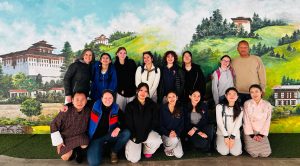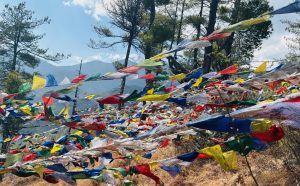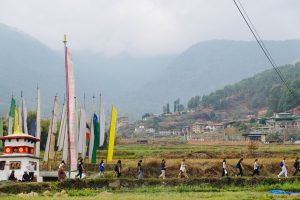Fire Induced Sprouts Evoke Hope
- Posted on
- By Jalynn Bosley
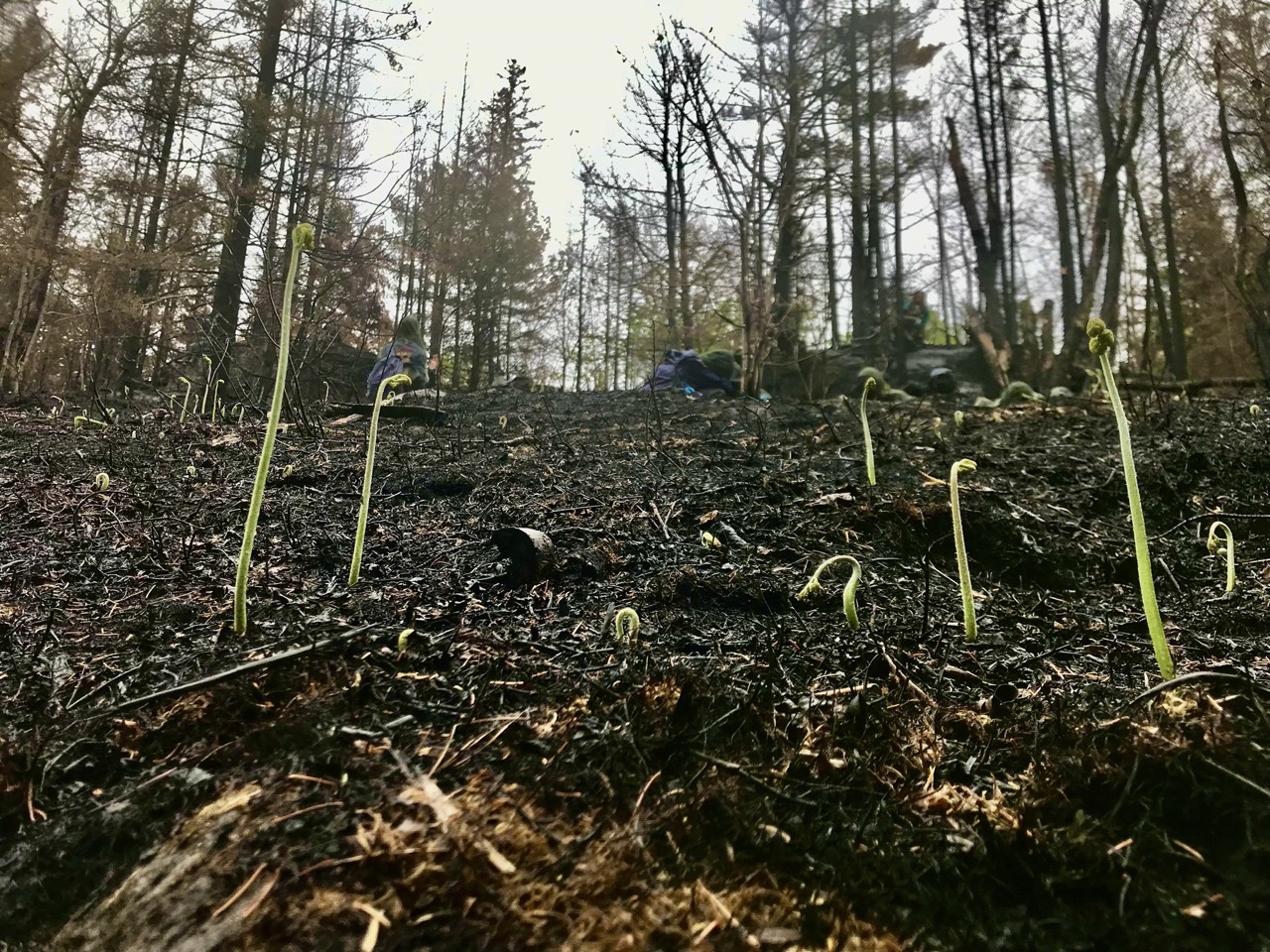
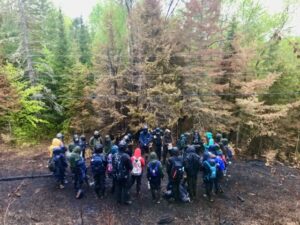
I remember learning long ago that even when there has been complete destruction of above-ground growth, there are several species that have such extensive root systems that dormant buds are protected underground. I had learned that the nutrients stored in the root system allow fire-induced sprouts to grow quickly, but I had never seen it with my own eyes. During some of our fire building lessons we use jack pine cones to show how their resin melts and releases their seeds, and yet standing in the middle of a forest impacted by fire is very different than holding one little pinecone to a flame.
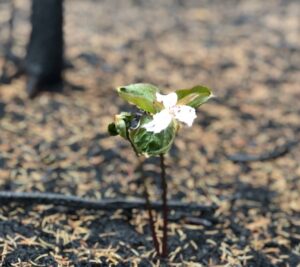
As we rebuild our instructor team and work to recover, I am going to keep the image of those sprouts at the forefront of my mind. I am going to remind myself that ecosystems do recover. Regeneration takes time, and yet with the proper support, things grow back, often stronger and more vibrant than before.
There’s a new tune by Julian Taylor that really resonated with me the other day. One of the lines says, “They tried to bury us, but they didn’t know we were seeds.” Cheers to all of you out there working to regenerate. With the right support, sunshine, nutrients in the soil and care, I believe we will all get there.


